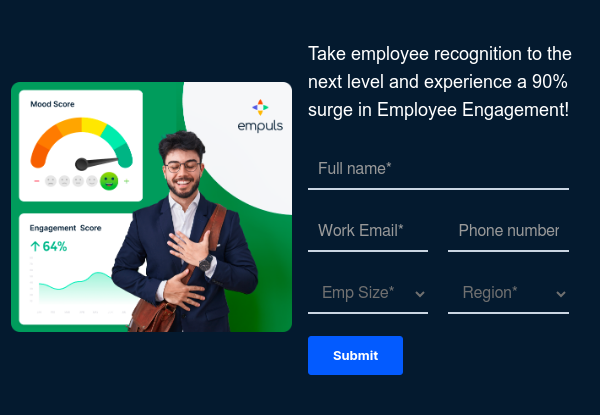Pengembangan Kepemimpinan
Leadership development refers to the process of enhancing an individual's ability to lead, manage, and inspire others effectively. It encompasses a range of activities, strategies, and programs designed to cultivate leadership skills, behaviors, and competencies. Leadership development can occur at all levels of an organization, from entry-level to executive roles, and is essential for fostering strong, capable leaders who can drive organizational success and innovation.
What is leadership development?
Leadership development is a comprehensive process aimed at enhancing the leadership abilities of individuals within an organization. It involves a variety of activities designed to prepare current and future leaders to perform effectively in their roles. This process is crucial for honing, developing, and applying essential leadership skills that contribute to both personal and organizational success.
























